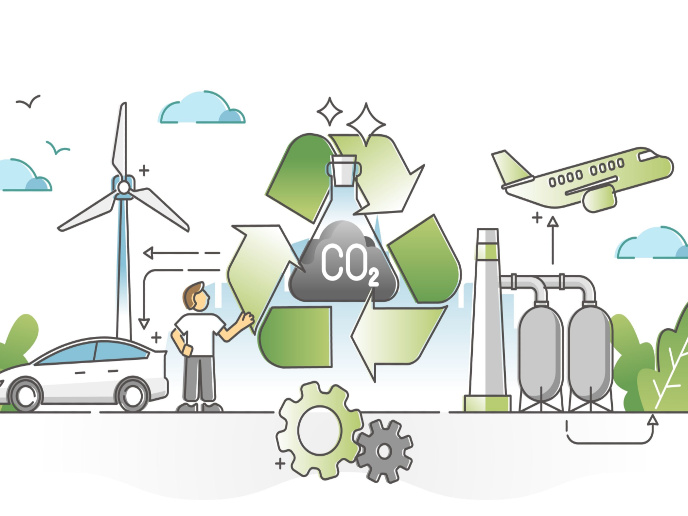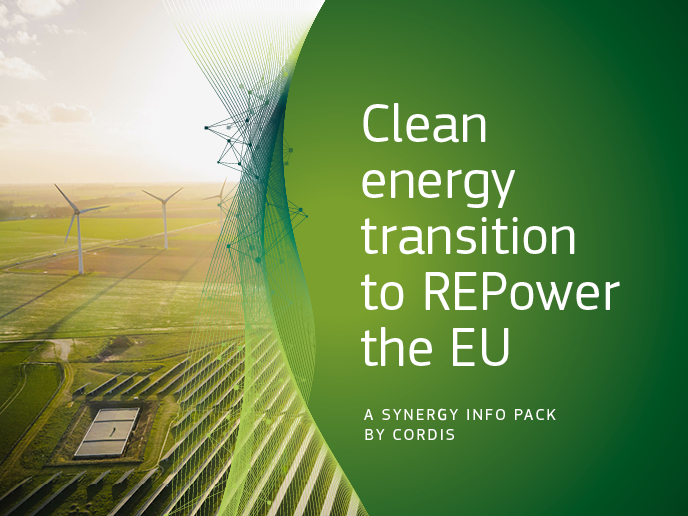Powering the energy transition with micro gas turbines
Gas turbines are used in numerous applications, from airplane engines to large-scale electricity generators. The way they work is relatively simple – as gas at high pressure and temperature expands through the turbine, it spins a bladed wheel, thus generating power to drive an internal compressor and external electrical generator. “There has recently been growing interest in the potential of micro gas turbines (MGTs),” says NextMGT(opens in new window) project member Jafar Al-Zaili, senior lecturer in Power and Propulsion at City University of London(opens in new window) in the United Kingdom. “What we are talking about here is anything below 500 kW.” One reason for this is the potential of MGTs to facilitate distributed energy systems. The idea is that instead of having one centralised power plant, smaller power units could more efficiently provide energy, and also heat, closer to end users. This proximity would reduce transmission losses and allows for the simultaneous production of electricity and thermal energy, called cogeneration. Furthermore, their compact size and operational flexibility allow for rapid start-up and shut-down cycles, thereby minimising the response time between demand fluctuations and power generation.
Advancing MGT technology and identifying opportunities
NextMGT, which was supported by the Marie Skłodowska-Curie Actions(opens in new window) programme, sought to advance MGT technology and identify marketable opportunities. One challenge is that MGTs are expensive due to economies of scale. The project therefore focused as much on addressing economic shortcomings as technological strengths. To do this, the project brought together 15 early-stage researchers (ESRs) to investigate MGTs from different angles. Some researchers looked at the potential for integrating MGTs with energy storage, while others investigated combustion, emissions and environmental considerations. Activities by ESRs also covered potential solutions for small equipment, and integration with innovative components. Intellectual property management and commercialisation were also examined. “Research into economic modelling as well as policy and regulation were at the heart of this project,” notes Al-Zaili. “We really wanted to see how we could improve the market penetration of this technology into the market.”
Strong academic and industrial training network
A key overall conclusion drawn from this work is that there is room on the market for MGTs. Demand for this technology however will depend on policy, and how the transition to decarbonising our economy will happen. “We also made progress on the technical side, for instance with burning alternative fuels,” adds Al-Zaili. “Gas turbines are good at this sort of thing, as they are very flexible.” Another important success has been the project’s training element. The 15 ESRs benefited from the strong training network around them, spending time in different institutions and companies. They obtained their PhDs and have gone on to work in academia and industry.
The potential of hydrogen and AI
NextMGT has opened up new avenues of inquiry and inspired the project team to apply for a follow-on training project. If successful, key research topics will likely be influenced by evolving policy priorities. Hydrogen for example is becoming a highly relevant issue. MGTs are naturally well suited to burning hydrogen, which can then be used as an energy vector articulating the future energy supply chain. Another area of focus would likely be AI, which holds huge potential in terms of improving the efficiency of systems. “These will likely be two areas of focus going forward,” says Al-Zaili.







